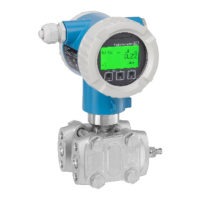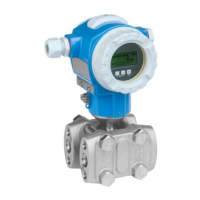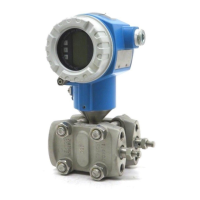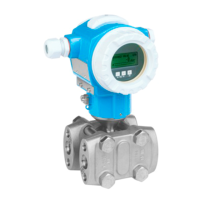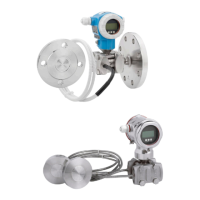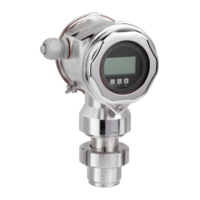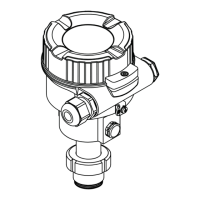Technical data Deltabar PMD78B PROFINET with Ethernet-APL
88 Endress+Hauser
15.3 Process
Process temperature range NOTICE
The permitted process temperature depends on the process connection, the ambient
temperature and the type of approval.
‣
All the temperature data in this document must be taken into consideration when
selecting the device.
Diaphragm seal fill fluid
Fill fluid P
abs
= 0.05 bar (0.725 psi)
1)
P
abs
≥1 bar (14.5 psi)
2)
Silicone oil –40 to +180 °C (–40 to +356 °F) –40 to +250 °C (–40 to +482 °F)
High-temperature oil –20 to +200 °C (–4 to +392 °F) –20 to +400 °C (–4 to +752 °F)
3) 4) 5)
Low-temperature oil –70 to +120 °C (–94 to +248 °F) –70 to +180 °C (–94 to +356 °F)
Vegetable oil –10 to +160 °C (+14 to +320 °F) –10 to +220 °C (+14 to +428 °F)
Inert oil –40 to +100 °C (–40 to +212 °F) –40 to +175 °C (–40 to +347 °F)
6) 7)
1) Permitted temperature range at p
abs
= 0.05 bar (0.725 psi) (observe temperature limits of the device and the system!)
2) Permitted temperature range at p
abs
≥1 bar (14.5 psi) (observe temperature limits of the device and the system!)
3) 325 °C (617 °F) at ≥1 bar (14.5 psi) absolute pressure
4) 350 °C (662 °F) at ≥1 bar (14.5 psi) absolute pressure (max. 200 hours)
5) 400 °C (752 °F) at ≥1 bar (14.5 psi) absolute pressure (max. 10 hours)
6) 150 °C (302 °F) at ≥1 bar (14.5 psi) absolute pressure
7) 175 °C (347 °F) at ≥1 bar (14.5 psi) absolute pressure (max. 200 hours)
Fill fluid Density
1)
kg/m
3
Silicone oil 970
High-temperature oil 995
Low-temperature oil 940
Vegetable oil 920
Inert oil 1900
1) Density of the diaphragm seal fill fluid at 20 °C (68 °F).
The calculation of the operating temperature range of a diaphragm seal system depends
on the fill fluid, capillary length and capillary internal diameter, process temperature and
oil volume of the diaphragm seal. Detailed calculations, e.g. for temperature ranges,
negative pressure and temperature ranges, are done separately in the Applicator
"Sizing Diaphragm Seal".
A0038925
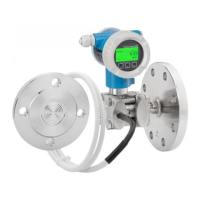
